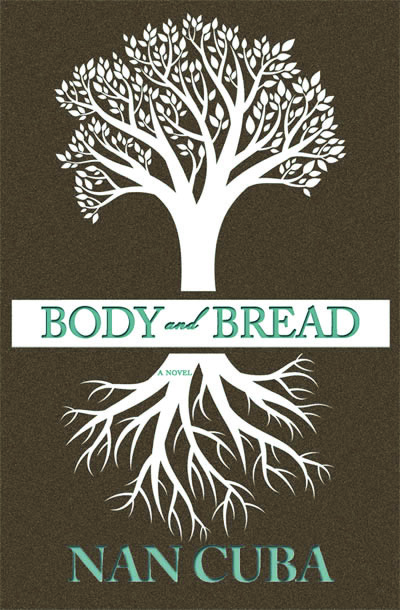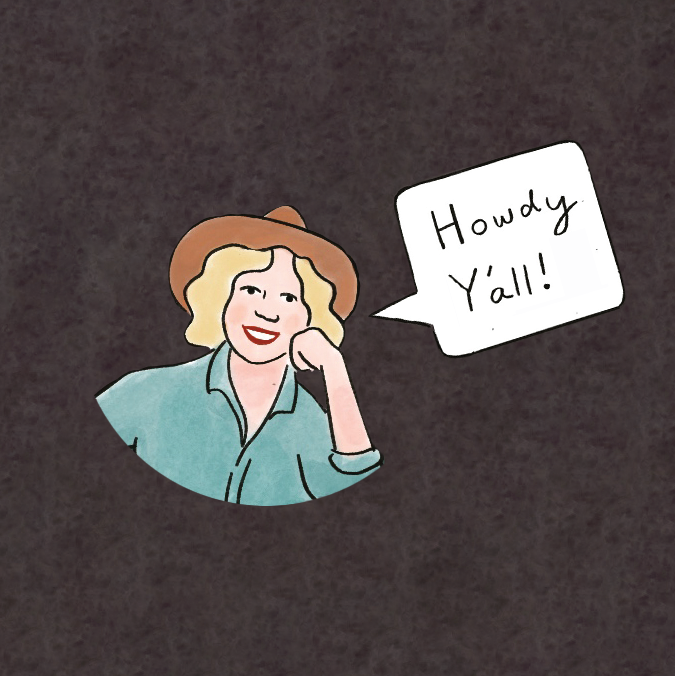
by Nan Cuba
Engine Books
234 pages
$14.95 (Engine Books)
San Antonio Author Nan Cuba Aims Straight for the Heart with Body and Bread
A version of this story ran in the October 2013 issue.
In Franny and Zooey, J.D. Salinger’s family spiritual drama—which is a genre, I’ve just decided—Franny comes home from college to have a little meltdown over the same stuff every thinking person has a college meltdown over: identity, purpose and God. Franny, the only girl of four siblings, belongs to a well-bred family and idolizes her older brother, Seymour, who dabbles in non-Judeo-Christian religion. And though it will happen in another Salinger book with shared characters, this beloved older brother will take his own life.
So it goes with Sarah Pelton, the protagonist of Nan Cuba’s debut novel, Body and Bread. Sarah’s nonconformist brother—playing Salinger’s Seymour role—is Sam. Sam introduces Sarah to 15th-century Aztec religion (which in this book kicks off with flayed skin and only gets edgier), whereas Seymour peddles a relatively soft-core pantheism featuring assorted sutras and Zen koans. Both books take place mostly in the late 1950s and early 1960s, when the meaning and shape of cultural rebellion were still unformed, and certainly not yet marketed. Both powerfully render the feeling of free-fall that comes with rejecting a worldview you know to be wrong without having anything ready to replace it. And both capture how disorienting it is to accept a beloved’s judgment over your own.
The difference between the two is that Body and Bread doesn’t take place in Salinger’s liberal arts fantasyland. Franny’s distress begins and ends in a matter of days, prompted by an idea and cured by the impeccable conversations of a thoughtful family. Sarah’s discomfort begins, in the reader’s eye, with the bit of her grandfather’s horse cutting into its mouth. As the horse begins to bleed, Sarah asks if it is injured. She’s told no. The cognitive dissonance, that hallmark of childhood, is excruciating. And as every grown-up knows, it gets worse before it gets better.
This is the book’s real point: how a sensitive person makes sense of her world. The plot’s literal events center on young Sarah’s gradual estrangement from her family and adult Sarah’s efforts to help her late brother’s widow and child. But as with Salinger, Cuba’s plot is almost incidental. Her writerly strengths lie in morsels of feeling perfectly put, and experiences rendered with unsettling aptness. For example: As Sarah arrives at a house, “two Doberman pinschers appear, their hatchet heads jerking with each chopped bark.” From now on, just try to hear such barks as anything but chopped.
The narrative, at times frustrating in its realism, often dissolves into gory details of Aztec ritual and religion. These are useful departures, illustrating the most intense sensations of adolescence: wearing the skin of another, and leaning back to let someone cut out your heart.


